As we enter the third year of the COVID-19 pandemic, it’s clear that there is no shortage of data from restaurant operators and consumers regarding how the restaurant industry has been impacted over the past two years.
We have gathered insights on the industry’s current state thanks to some in-depth research by Square in their latest edition of The Future of the Restaurant Industry, the National Restaurant Association’s 2022 State of the Restaurant Industry, and Trends & Predictions for 2022 by The Restaurant & Food Group. Let’s look at what factors are still creating challenges for the restaurant industry and how restaurants adapt to another “new normal” going forward.
Overall sentiments
There were some glimmers of hope last year across the foodservice industry, and sales increased compared to 2020, but overall sales have not reached pre-pandemic levels, and many challenges persist.
According to Square, 58% of restaurateurs are presently concerned about the the survival of their restaurant, down from a staggering 92% the previous year. The National Restaurant Association reported that 40% of operators believe it will take more than a year for business to recover. Another 17% of operators say business conditions may never return to normal for their restaurant.
On the bright side, restaurants are increasingly adopting new technologies and using insights from the pandemic to meet customers’ expectations.
Hazy forecast
For the first time since pre-pandemic, sales are expected to surpass 2019 levels, but that is without adjusting for inflation. Sales for the overall foodservice industry will reach $898 billion in 2022. Considering each segment, full-service restaurants should reach $289 billion in sales for 2022, a 10.9% increase from 2021. The limited-service segment is forecast to reach $355 billion in 2022, resulting in a 7.9% increase from 2021.
Restaurant operators are cautiously optimistic about their forecasts for 2022 but will have to find ways to compete with rising costs and shortages in labor and supply chains. The future of the restaurant industry is mainly dependent on how technology improvements and expansion into different channels will play out over the next few years.
Challenging conditions
A few common challenges are hitting operators across the industry: the ongoing labor shortage, supply chain disruptions, and rising food costs. As witnessed across multiple sectors, recruiting and retaining employees is a significant hurdle.
More than 50% of full-service, quick-service, and fast-casual segments reported labor recruitment and retention as the biggest challenge of 2022. Even though the restaurant and foodservice industry added back 1.7 million jobs in 2021 for a total of 14.5 million jobs, many restaurants are still understaffed.
There are a record number of job openings in the hospitality sector, but many operators say their restaurant is more than 10% below where they need to be in terms of staffing levels. By the end of 2022, the foodservice industry expects to add another 400,000 jobs bringing total employment to 14.9 million.
Labor shortage
After the uncertainty of the last two years, many of the millions of restaurant employees who were laid off in March 2020 have pivoted into other careers or chosen not to return to the restaurant industry.
More than 70% of restaurants say they are experiencing labor shortages and are trying to find ways to operate with unfilled positions. Restaurant owners see that they need to reassess benefits and adapt the working environment to entice new employees. For restaurants that can afford it, they are offering higher wages and better benefits that provide more long-term security.
There will continue to be intense competition for employees as other industries offer more attractive benefits for their employees. At the same time, restaurants are exploring new solutions to combat the issue of labor shortage, such as tableside payments and QR code ordering.
Supply chain and pricing concerns
In addition to staffing problems, supply and pricing issues continue to impact restaurant profit margins. In 2021, 96% of operators said they experienced supply delays or shortages of essential food and beverage items. U.S. inflation climbed to a 40-year high at 7.9% in February, and consumers feel the impact of raised prices.
Restaurants have been forced to raise prices, in some cases just to break even on their costs. Menus have been streamlined with fewer offerings than before COVID-19 due to ongoing delays or shortages of menu items. The industry has continued to adapt and remain resilient to stay in business. Finding ways to work through labor shortages, supply chain disruptions, and increased prices will be paramount over the next year to meet customer demand and keep restaurant-goers happy.
The path forward
We have entered an era of change where technology is evolving rapidly, and customers are open to innovations in the restaurant industry if it improves their overall experience. Changes are happening from the front of the house to the back of the house and every other touchpoint in the dining journey. Four areas where we believe the most disruptions will occur in the coming year are off-premises dining, automation, a focus on omnichannel strategy, and payment collection.
Flipping operations
Dining off-premises is a pandemic trend that is here to stay. Restaurants are starting to reassess how they traditionally run their operations and adjusting their business model to fit the trends.
Across the foodservice industry, restaurants are looking at decreasing their front-of-house space to accommodate larger kitchens as people continue to dine off-premises in overwhelming numbers. In some instances, business owners provide more space for delivery drivers to pick up orders as they see fewer customers walking into their restaurants.
Most restaurant operators in the limited-service segments say their off-premises business will be the best avenue for growth in 2022. Even 41% of full-service restaurants say they expect a lot of growth from off-premises opportunities. A quick glimpse at how people eat in general: 6 in 10 adults say they are more likely to order takeout or delivery now than before the pandemic. As the off-premises category grows, restaurants will need to adopt new technology to meet the demand.
Evolving technology
Automation in the restaurant industry is increasing at a rapid pace. The gaps that technology can fill run the gamut from order processing to accepting payments, managing restaurant capacity, reservations, tracking item availability, and even communicating with customers.
36% of restaurants say they upgraded technology to help their business in just the last year. As many as 62% of restaurants say that automation would fill critical gaps in managing orders placed across delivery apps, online and at the restaurant. Technology advancements are grouped primarily by customer-facing tech, back-of-the-house tech, and technology devices or hardware.
Across the different restaurant segments, customer-facing app ordering, mobile payment, and delivery management improvements are where restaurants say
they’ll invest the most money. Point-of-sale and inventory management software will follow. Quick-service restaurants plan to invest the most in tableside or kiosk ordering systems in terms of hardware.
From the consumer perspective, restaurants shouldn’t worry that people are overloaded yet; about 1 in 4 adults think restaurants could use more tech. There is certainly excitement for technology across the younger generations, while the Gen-Xers and the Baby Boomers are most hesitant to adopt new advancements.
Omnichannel approach
The past dining experience of simply ordering and dining in person has been shifted over the last two years. Today, restaurants are working to make sure customers are comfortable and able to experience their venue in whatever capacity they choose.
Some customers said they would even avoid a restaurant if it did not offer online ordering. Ordering channels have expanded to include self-serve ordering from a kiosk, third-party ordering, and native websites or QR codes. Even with these new channels, restaurants can still receive orders in one centralized system that does not create any additional work for the restaurant.
More customers are opting for delivery or curbside pickup, while some still choose to dine in. Restaurants that offer online ordering say that an average of 34% of their sales currently comes from those channels. Another 54% say they added or expanded options to take online orders over the past year. The overwhelming response is that restaurants need to meet customers where they are and provide as many touchpoints as possible to make the ordering experience frictionless.
Modern-day payments
The United States has lagged behind Europe in tableside payment collection for many years. Restaurants finally see the value as a much more convenient and efficient way of collecting payments. It helps restaurants turn tables, increase revenue and cope with the labor shortage.
The options for payments have also increased — customers can pay with QR codes directly from their check, pay at table mobile devices and mobile wallet apps are a few of the most popular. An overwhelming 94% of restaurants surveyed say they currently offer contactless payment options.
Many of the younger generations prefer contactless payments and welcome the adoption of new payment technology. There once was a time not too long ago when customers didn’t know how to scan a QR code for a menu; now, people are requesting them to optimize their checkout experience.
Technology is moving the industry forward
Looking ahead at the rest of 2022, restaurants still need to make a lot of headway to increase sales back to pre-pandemic levels. Still, with the continued advancements in restaurant technology and a renewed optimism for the industry, we are hopeful for a bright year ahead.
If you’re not a Tripleseat customer and you’re interested in learning more about Tripleseat’s event management tools and CRM features, schedule a demo at your convenience to take a closer look.
*Editors Note: This post originally appeared in Tripleseat's Seated Magazine Summer 2022 edition.




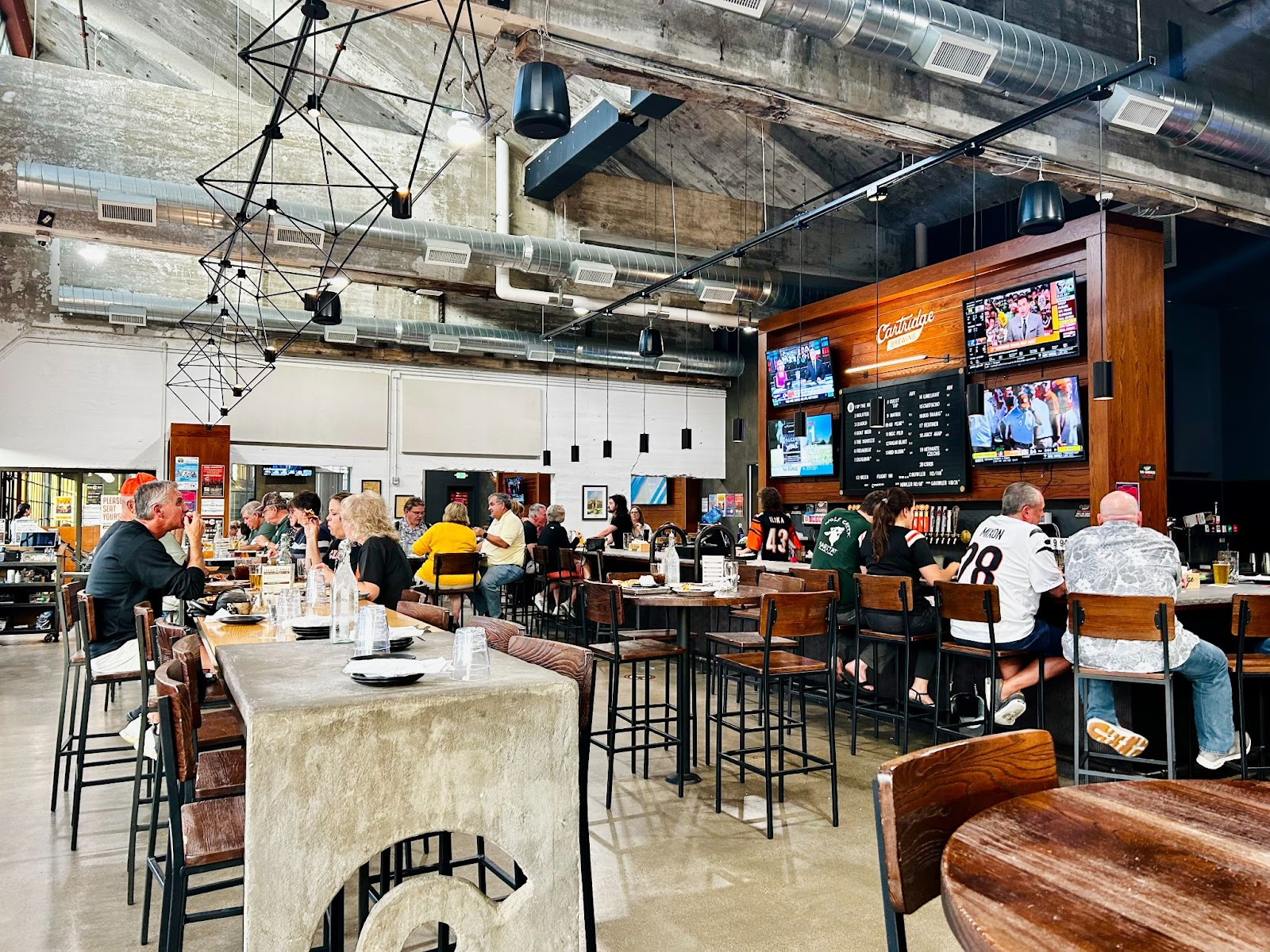




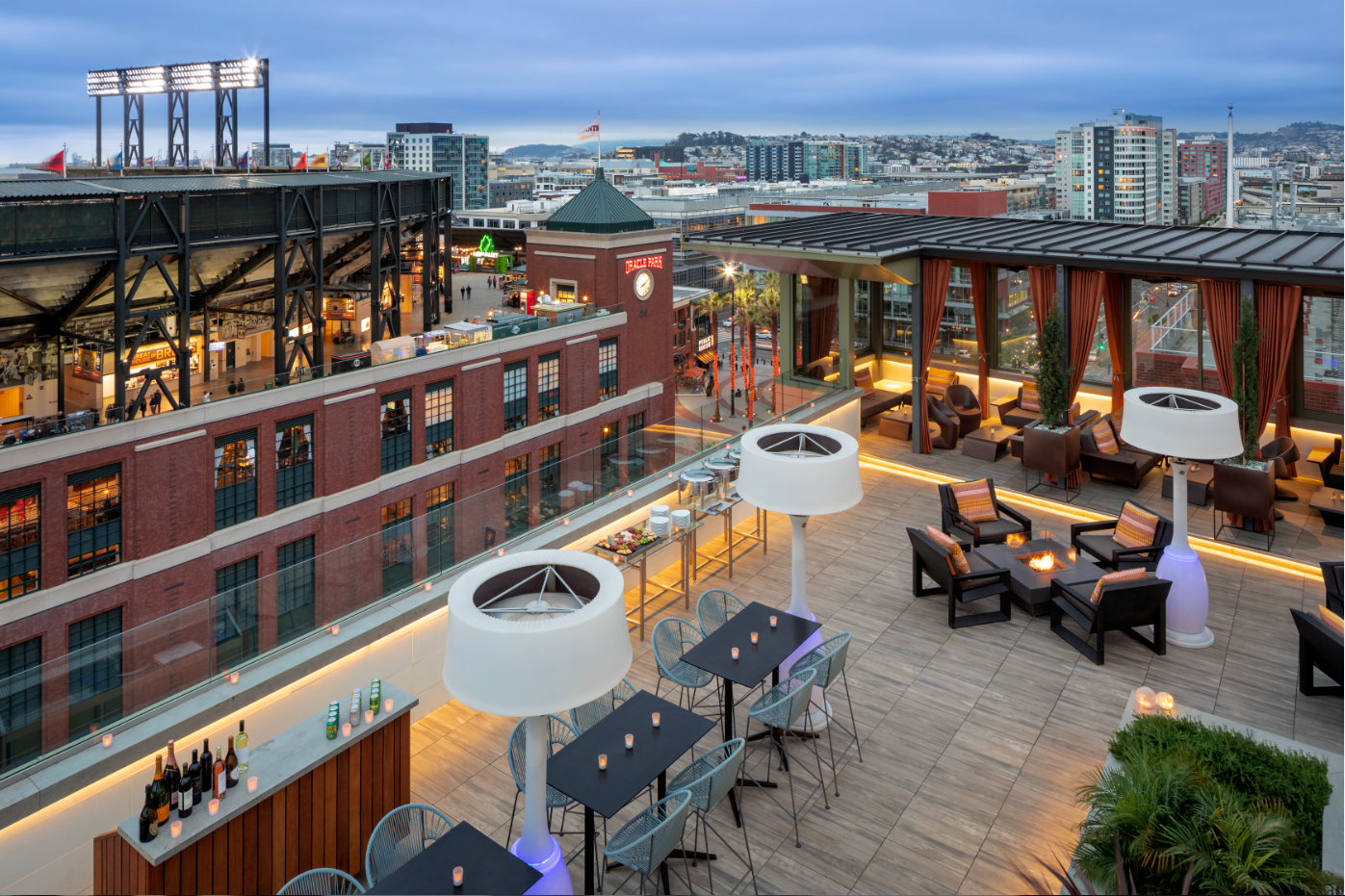





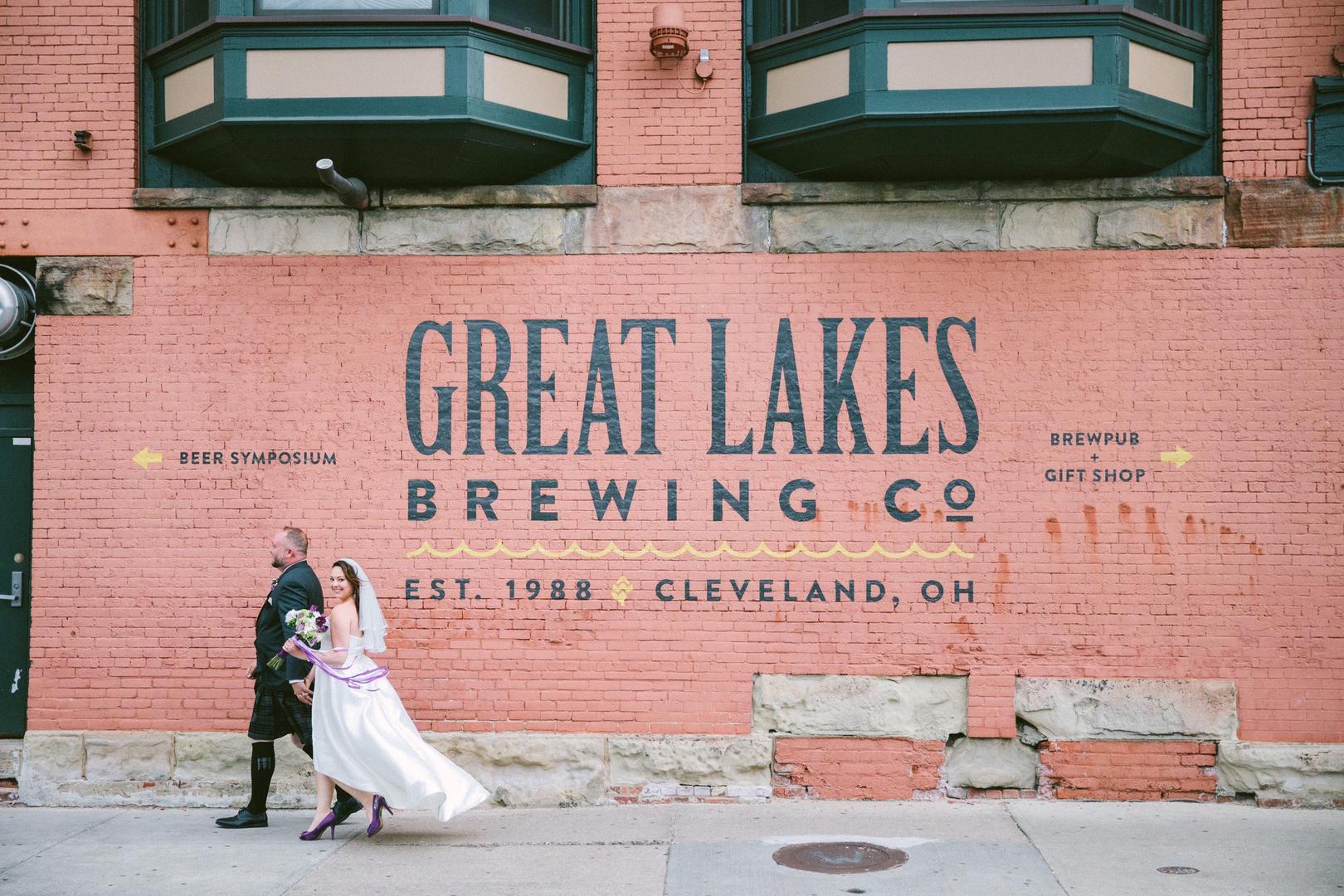
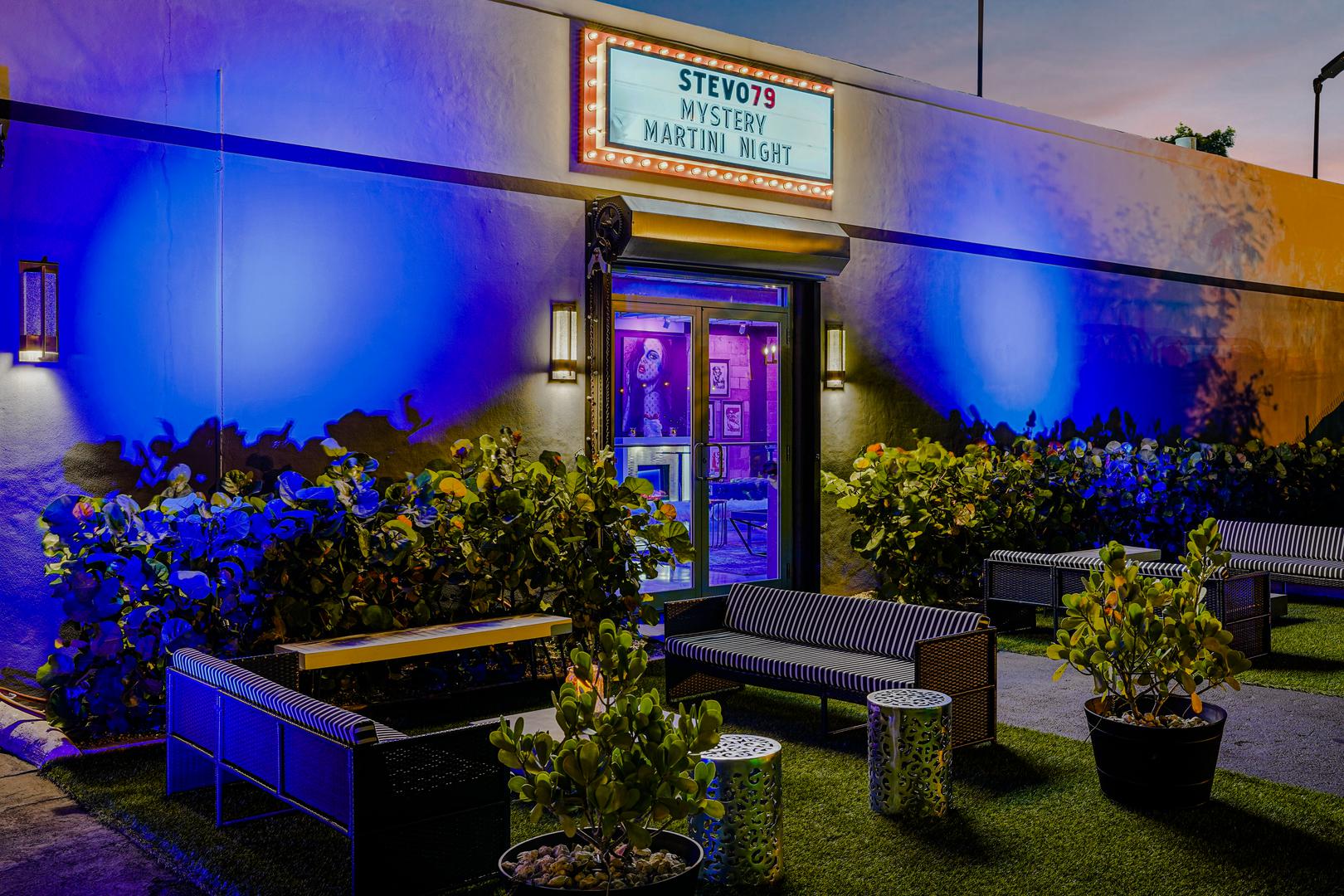
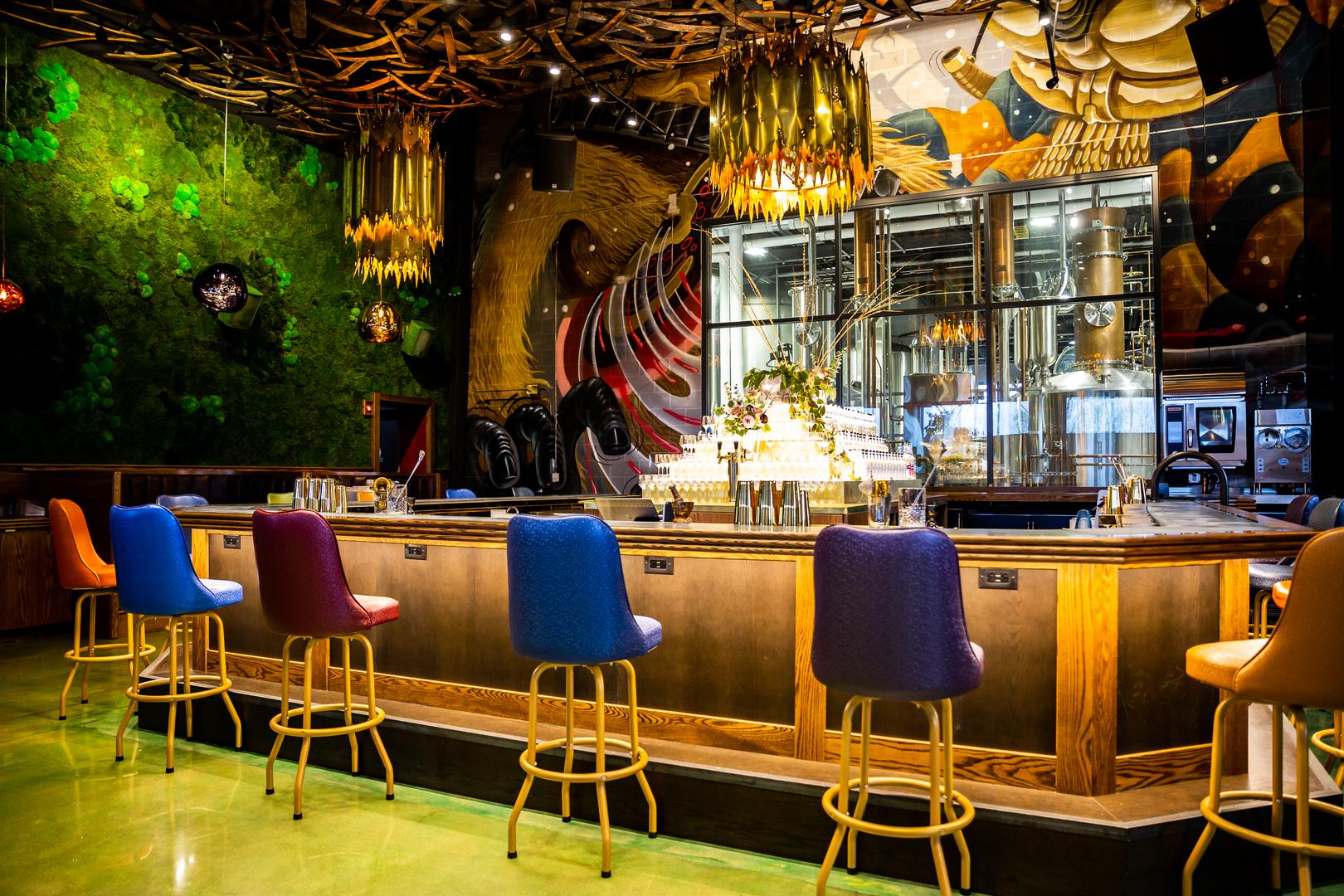
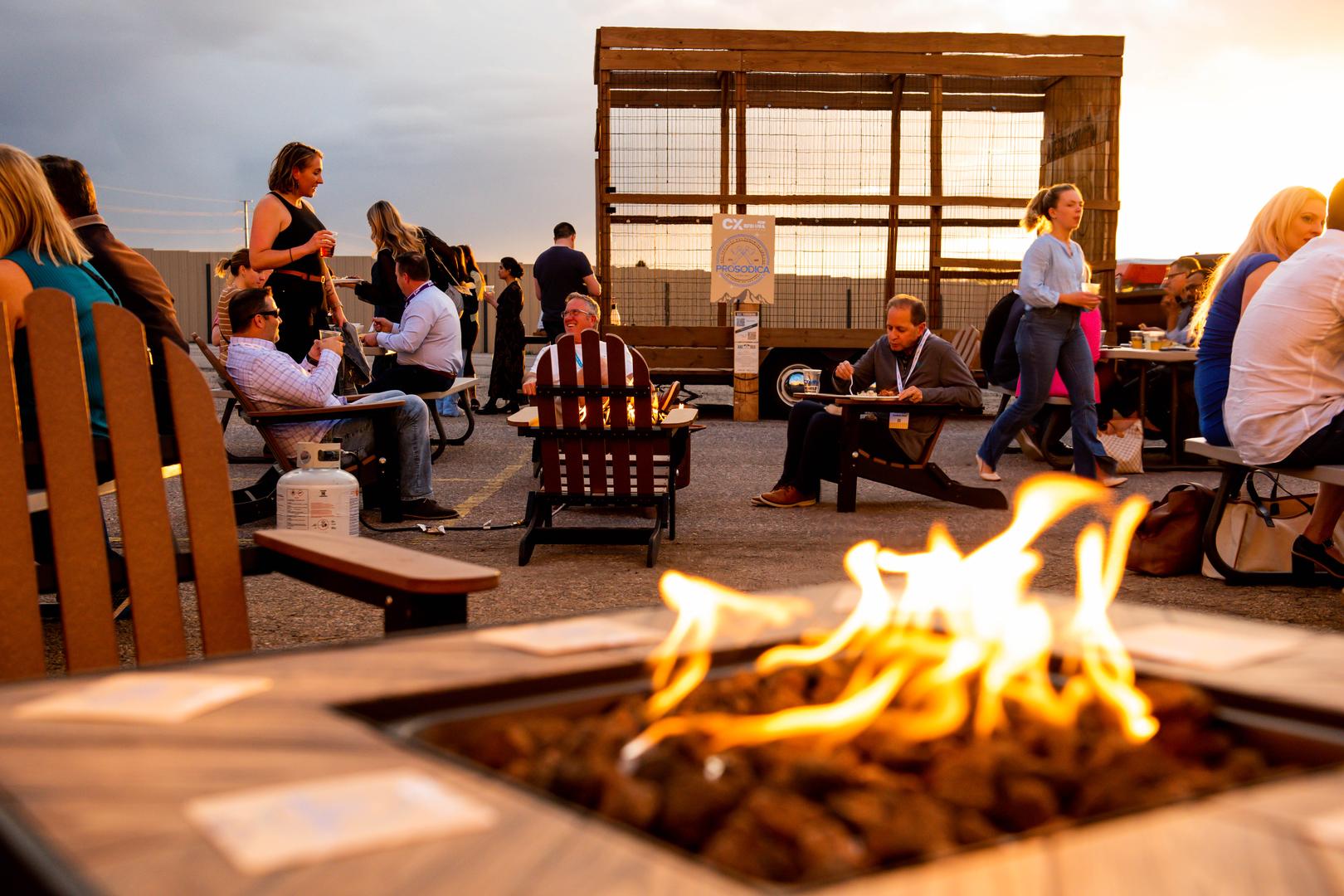

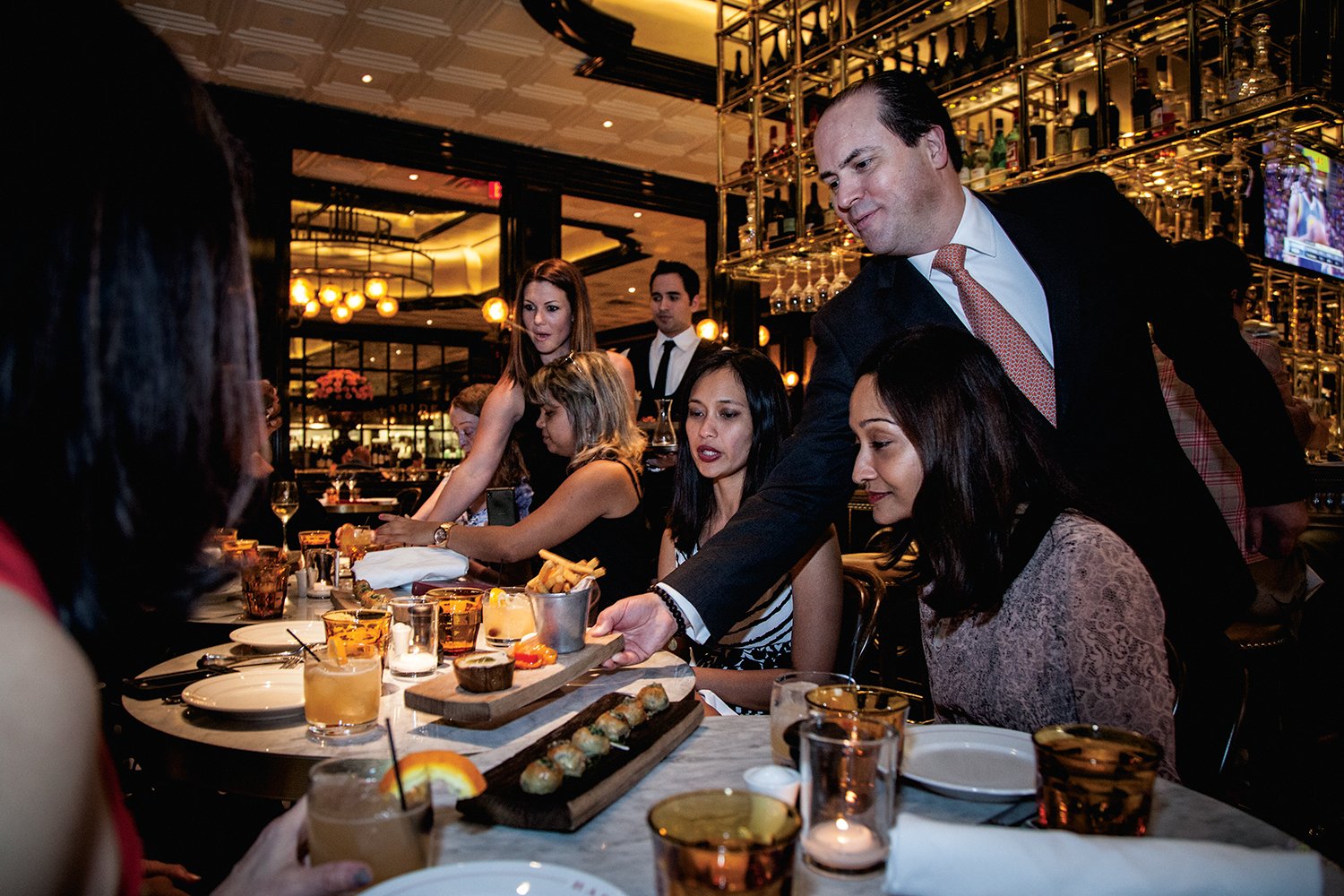
%20Where%20to%20Eat%20Near%20Willis%20Tower%20in%20Chicago.png)
